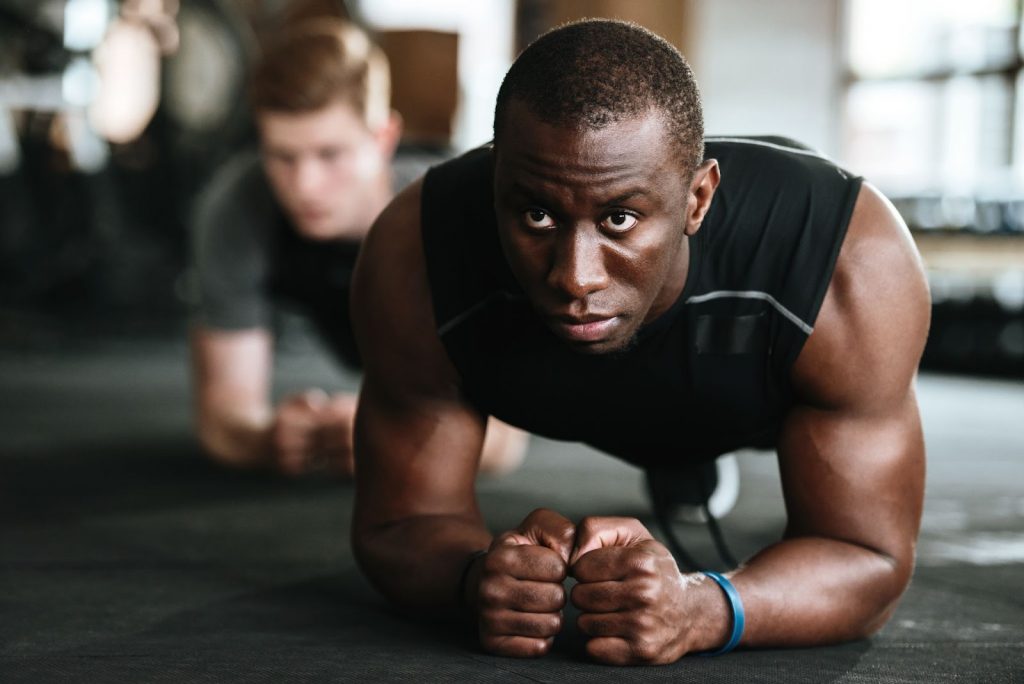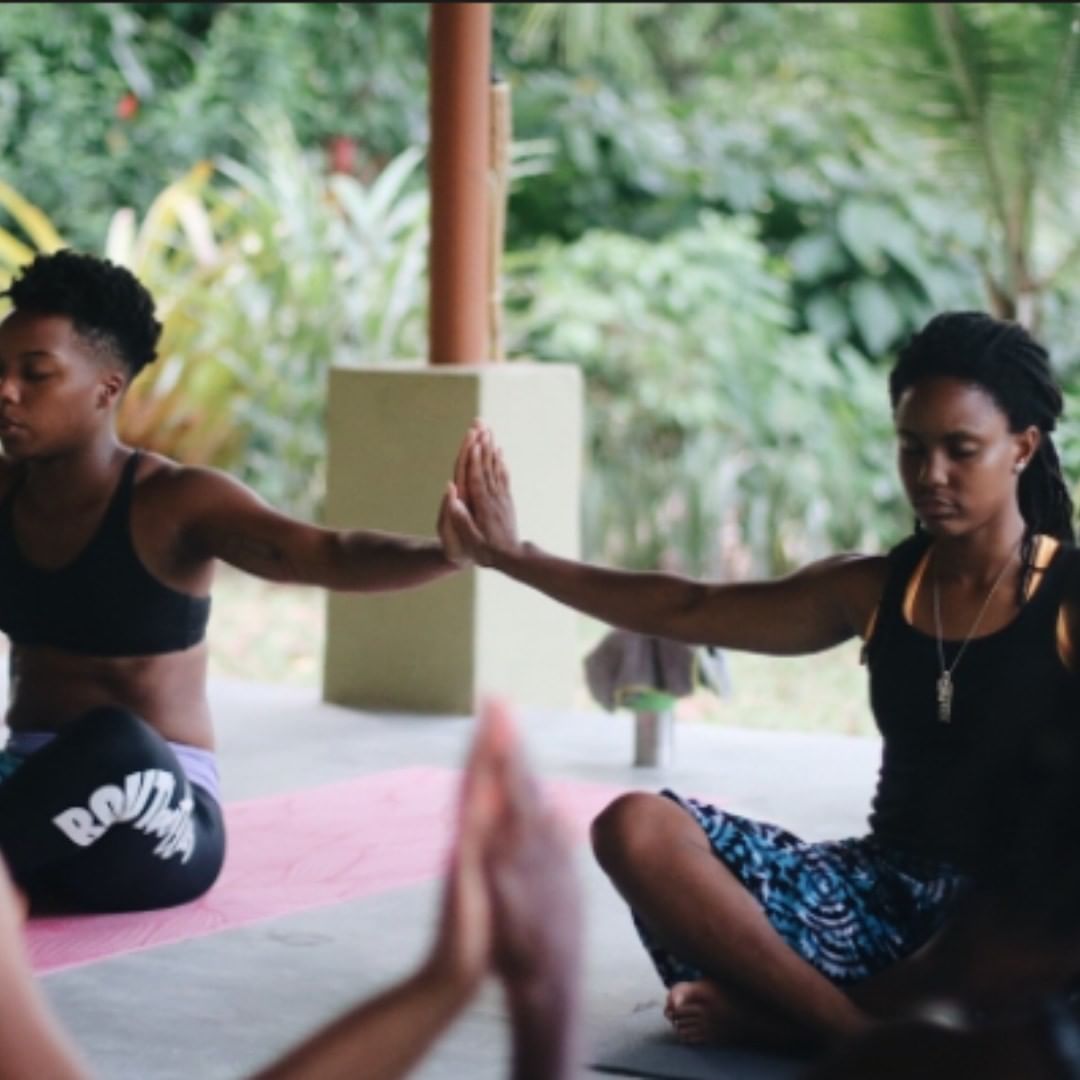Guest post by: Jewell Singletary, founder of Gratitude Griot
The practice of aligning breathe and body can be traced back to the ancient Egyptian epoch. Populations began migrating from northeastern Africa into the Indus River valley in southern India between 7000 and 5000 BCE. Teachings and traditions traveled too. Yoga continued to shape for centuries in India and became a popular practice and lifestyle. A way to celebrate this centennial contemplative practice is to create ten incredible yoga class themes to recharge stagnant sequences. Keep reading for some inspirational flows below.

3 Incredible Yoga Class Themes: For Women
Leading with the ladies because they’ve got a lock on the Instagram image of yoga. Ironically, yoga was mainly practiced by men in the East. The early 1900s was when women wedged their way in one Warrior One at a time and spread yoga to the western world. Yoga instructors can skim the summarized shortlist of three incredible class themes for people who self-identify as women.
- Womb Wellness Yoga: The womb is a powerful space no matter where you fall on the gender binary because we all are created from X and Y chromosomes and possess divine masculine and feminine energy. The womb space is located two inches below the navel and encompasses the ovaries, testicles, genitals, lower back, pelvis, hips, bladder, appendix, and kidney. A womb wellness yoga class could center any of these physical body parts, or the theme can connect emotional issues of the womb space such as guilt, blame, power, and control. Check out this holistic womb wellness workshop inclusive of mindful movement, meditation, and creative activity.
- Woman Warriors Yoga: Women have been a part of every resistance movement in history from Queen Kandake Amanirenas of the ancient African Kingdom of Kush defending her kingdom against the Roman empire to the Suffrage and Civil Rights Movements. Recent movements such as Me Too, the Equal Pay Day initiative, and the fight against femicide have emboldened women across the world to embrace their inner baddies by demanding justice, equity, and safety. Lean into the power of the woman warrior and lead a warrior-themed yoga class to harness that intuitive strengthen and cacophonous collective call, “Ain’t I A Woman!”
- Yoga for Pelvic Health: The pelvis bone is located between the abdomen and legs and provides supports for the intestines, bladder, and reproductive organs. Due to the structural differences of our bones and the function of our organs in that space, women face a particularly unique set of pelvic problems. The pelvic floor weakens over time due to pregnancy, childbirth, obesity, or chronic constipation. This can cause bladder or bowel control problems, pain, and prolapse. Women can combat these transformations by practicing pelvic floor yoga and Kegel exercises to strengthen the muscles in that area.
3 Incredible Yoga Class Themes: For Men
More men in the western world are feeling safer dipping their toes into a tree pose or two to bring balance between brawn and brain. The social media mirage of yoga images has largely been slender women of European descent. Men across cultures struggled to see a space for themselves in the practice until a consorted effort across cultures included more diverse representations of yoga practitioners. Making yoga more accessible to men meant Goat Yoga and Bro-Yoga-themed classes that can sometimes be more gimmick than meditative magic. Steer stallions back to the Sanskrit substance of yoga. Yoke together spirit, mind, and body by developing one of these three class themes into something suitable for self-identifying men.
- Men Moving Emotions: “Boys don’t cry.” A common phrase that has been used to stifle emotional intelligence and self-expression in men across race, class, and creed. Some men struggle to find the language to convey their thoughts and feelings based on societal, cultural and community influences. These suppressed emotions can be manifested into machismo attitudes, control issues, and violent temper tantrums. Creating a class where men can move through emotions would be a powerful place to release pent-up sentiments.
- Stillness and Surrender: Masculine divine energy is movement, motion, and action. The antithesis of that is stillness and surrender. Capitalism created the concept that people’s purpose is intrinsically linked to their productivity. That mentality modeled many movers and shakers that find it impossible to slow to stillness. Disrupt the power structure with radical rest and restorative yoga. A serene sequence in a soundless setting can encourage students to surrender and embrace ease. Being silent and present is the true mic drop mindfulness moment.
- Daddy and Me Yoga: Google is abundant with “Mommy and Me” offerings for moms on the move and their mini me-s. Outside of daddy-daughter dance classes, opportunities are few and far between for men to bond with their babies on a fitness mat. Recent research shows paternity leave promotes parent-child bonding, benefits children, and increases gender equity in the home and at work. Flip mommy and me to buck the patriarchy and provide a place for papa bears to practice presence and poses with their baby bears.
4 Incredible Yoga Class Themes: For Families
Yoga meditation and other mindfulness practices are becoming more popular in preschools, elementary and high schools across the country. As young people are being introduced to meditative movement practices on a larger scale it makes more and more sense to create opportunities for full families to hit the mat together. Three incredible yoga class themes for families are featured below.
- Yoga for Feelings: Yoga for feelings is an effective way to encourage emotional discourse in families. A carefully crafted sequence can teach emotional intelligence, support holistic development, and help people build resilience. Youth yoga for feelings and other mental health programs has proven effective in cities across the country by helping young people of all ages cope with stress and reduce the stigma of mental illness.
- Yoga Games: Yoga is not all about proper posture, poses, and pristine alignment. There’s playfulness to the practice as we learn to embrace impermanence and the present moment. Some people that teach youth yoga make the mistake of teaching the class exactly as they would to adults. It is much more fun for young yogis to play yoga-inspired games. Obstacle courses with yoga pose challenges, and check-points are another option. An example of an age-appropriate pre-school yoga class is yoga at the zoo. Participants play along by pretending to be an animal and mimicking that species in sound and shape. Imagine a down-dog with barks and wiggle waggle tail.
- Partner Poses: Partner yoga is often taught to couples and pre-school aged children, but pairing partners in poses can also help parents and children practice together. Partner poses can be playful and a powerful way to create connection and cultivate communication. There are printable posters for partner poses and postures. Consider creating an imaginary place to play pretend and add imagination and levity to some poses that are perfectly practiced in pairs.
- Yoga for Families: Yoga is easily accessible to people with a wide range of ability levels and attention spans. Yoga can be family fun for everyone with an engaging multi-generational class sequence. These types of classes typically lean towards the more playful poses to keep little ones present and practicing. Adult participation acts as a visual aid for young yogis and encourages them to keep going because their parents, siblings, or grandparents are doing the asana too.
Don’t be afraid to get creative and reinvent classes and themes to defy the sequence status quo. Yoga has been around for eons, and the practice sometimes requires a reset to fit students’ shifting needs. Take some time to thoughtfully think through themes that would resonate most with your community. Try small sessions to test out new topics, then roll out as interest increases.
ABOUT THE AUTHOR: Jewell Singletary is a creative entrepreneur, educator, and multidisciplinary artist. She is a writer who runs Thee Be Well Blog and a YouTube channel called Gratitude Griot in which she shares guided meditations and beginner yoga classes to help reduce stress. Jewell also hosts the Yoga Wit the Ohmies Podcast, the h[ohm]e of healing conversations around all things mental, physical, and spiritual well-being.
- THCa Flower by Perfect Plant Markey - September 21, 2023
- Arches Audio Shares Their Secrets For Starting A Successful Podcast - July 7, 2023
- LookHealthyStore – The First Chinese Cosmetics Website - June 10, 2023






